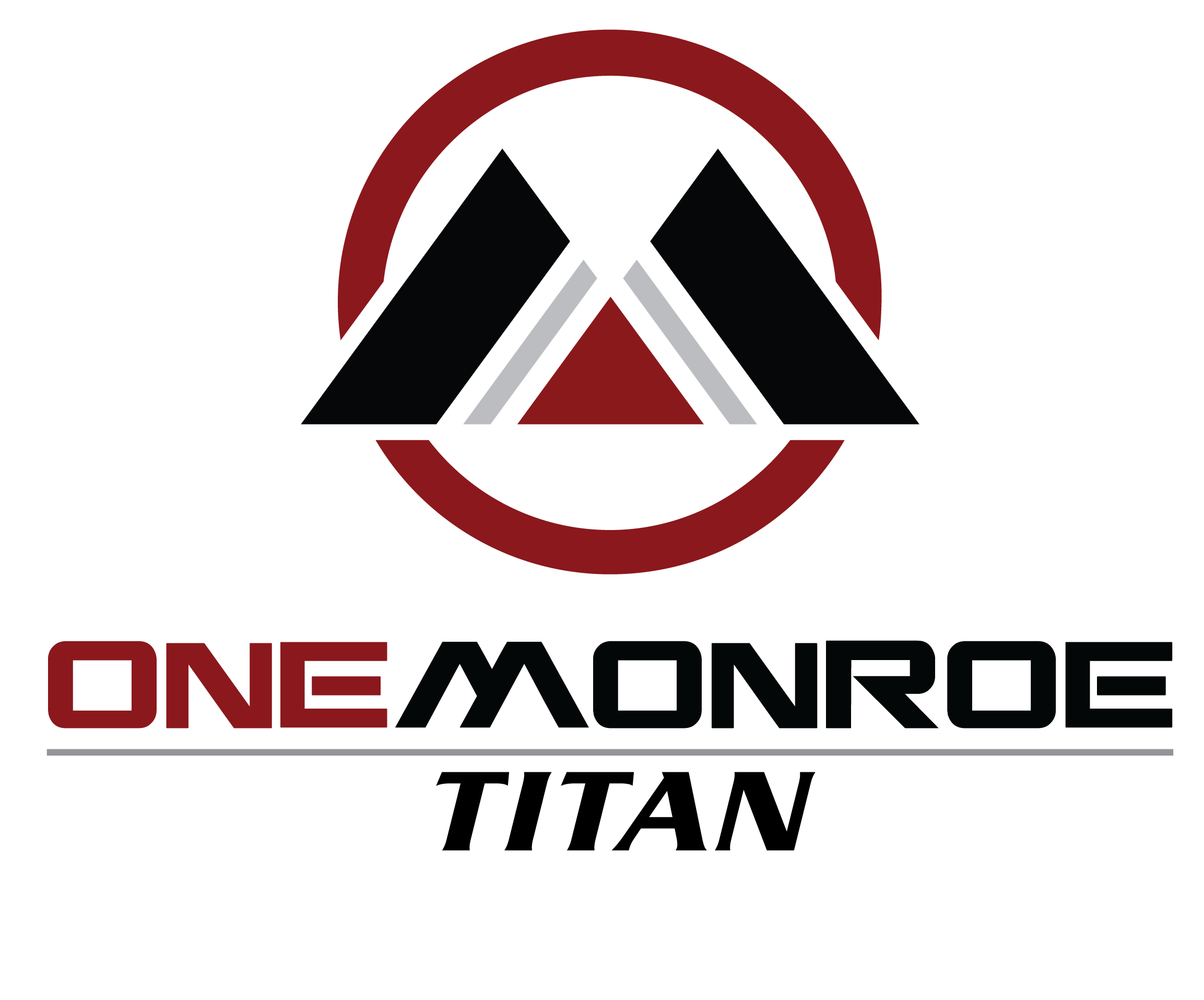
Investing in solar power is a smart decision, but maximizing the return requires careful consideration of each component in the setup, particularly the cables. Choosing the best cables for your solar system is crucial for ensuring efficiency and achieving optimal energy output. PV wire is ideal for outdoor connections, while USE-2 wire works well for underground installations, and THHN/THWN wire can be used effectively indoors.

By understanding how cable choices affect your solar system’s performance, we can ensure both safety and efficiency. Factors like voltage, current, and environmental conditions play significant roles in cable selection.
This blog post will guide you through the essentials of picking the best cables, providing insights on which options suit different solar system applications. Dive in to discover how the ideal cable choice can optimize your solar setup.
Fundamentals of Solar Cables and Their Role in Maximizing Investment

Selecting the right solar cables is crucial for optimizing solar panel installations. Our focus revolves around the types of cables, specific considerations for DC and AC cables, and the choice between copper and aluminum as cable materials.
Types of Cables Used in Solar Power Systems
In solar power systems, both DC and AC cables play foundational roles. Photovoltaic (PV) cables, designed specifically for connecting solar panels, are essential due to their robustness and resistance to UV radiation. DC cables handle the direct current generated by the solar panels, while inverter cables act as the gateway for converting DC into AC. Understanding each cable type ensures efficient and safe transport of electricity, minimizing potential power loss and maximizing energy output.
Direct Current (DC) and Alternating Current (AC) Cable Considerations
The efficiency of a solar energy system heavily relies on the appropriate use of DC and AC cables. DC cables must endure significant current with minimal voltage drop, thus affecting the overall energy conversion rate from solar panels. AC cables, on the other hand, facilitate the flow of electricity from inverters to the power grid or appliances. Cable selection should take into account factors such as wire gauge and environmental exposure to ensure durability and performance in varying conditions.
Cable Materials: Copper vs. Aluminum
Choosing suitable cable materials, such as copper and aluminum, directly influences the longevity and efficiency of solar installations. Copper cables are favored for their excellent conductivity and flexibility, which allows for efficient energy transfer. In contrast, aluminum cables offer cost-effectiveness and lighter weight but may require larger diameters to carry equivalent current. Understanding these materials’ properties helps us make informed decisions based on budget constraints and installation requirements, ensuring a reliable and long-lasting solar power system.
Selecting the Best Cables for Performance, Safety, and Longevity
Choosing the right cables for a solar power system is vital to ensure efficiency, safety, and longevity. A focus on the correct cable size and materials, durability under environmental stress, local regulatory compliance, and routine maintenance can optimize both performance and cost-effectiveness.
Key Factors: Voltage Drop, Cable Size, and Length
We need to pay attention to voltage drop, which affects system efficiency. Selecting the appropriate cable size is crucial to minimize power loss. Using American Wire Gauge (AWG) charts helps us determine the correct size based on length and current requirements.
The length of the cable should be optimized. Longer cables result in greater resistance and voltage drop, impacting efficiency. By ensuring the correct cable size and minimizing length, we improve power transmission and reduce energy loss.
Durability Against Environmental Conditions
Cables must withstand environmental conditions to maintain performance. UV protection and weather resistance are essential for cables used outdoors. Materials like PV wire are designed for outdoor use and can resist UV radiation, impacting longevity and durability.
Environmental factors such as humidity, temperature, and potential physical damage from wildlife must be considered. Cables like USE-2 and THHN/THWN offer robustness in harsh environments, ensuring that our solar setup remains reliable and efficient.
Compliance with Local Regulations and Industry Standards
Adhering to local regulations and industry standards is non-negotiable. Our cables must comply with local electrical codes, which are designed to ensure safety and performance. Compliance also includes meeting performance requirements and electrical safety standards.
Engaging a professional installer helps us navigate complex regulatory terrain. They ensure proper installation practices are followed, which is key to preventing system failure and enhancing longevity and safety of the solar PV system.
Ensuring Maintenance, Flexibility, and Long-Term Cost Savings
Routine maintenance of cables and connectors is necessary to sustain optimal performance and safety. We should prioritize high-quality cables that offer easy monitoring for potential issues, such as damage or wear, which might affect system efficiency.
While considering flexibility, scalability, and potential for future expansion, cables should support upgrades or system changes. Investing in reliable cables may require a higher upfront cost but contributes to long-term cost savings by reducing the need for repairs and preventing significant power losses.

